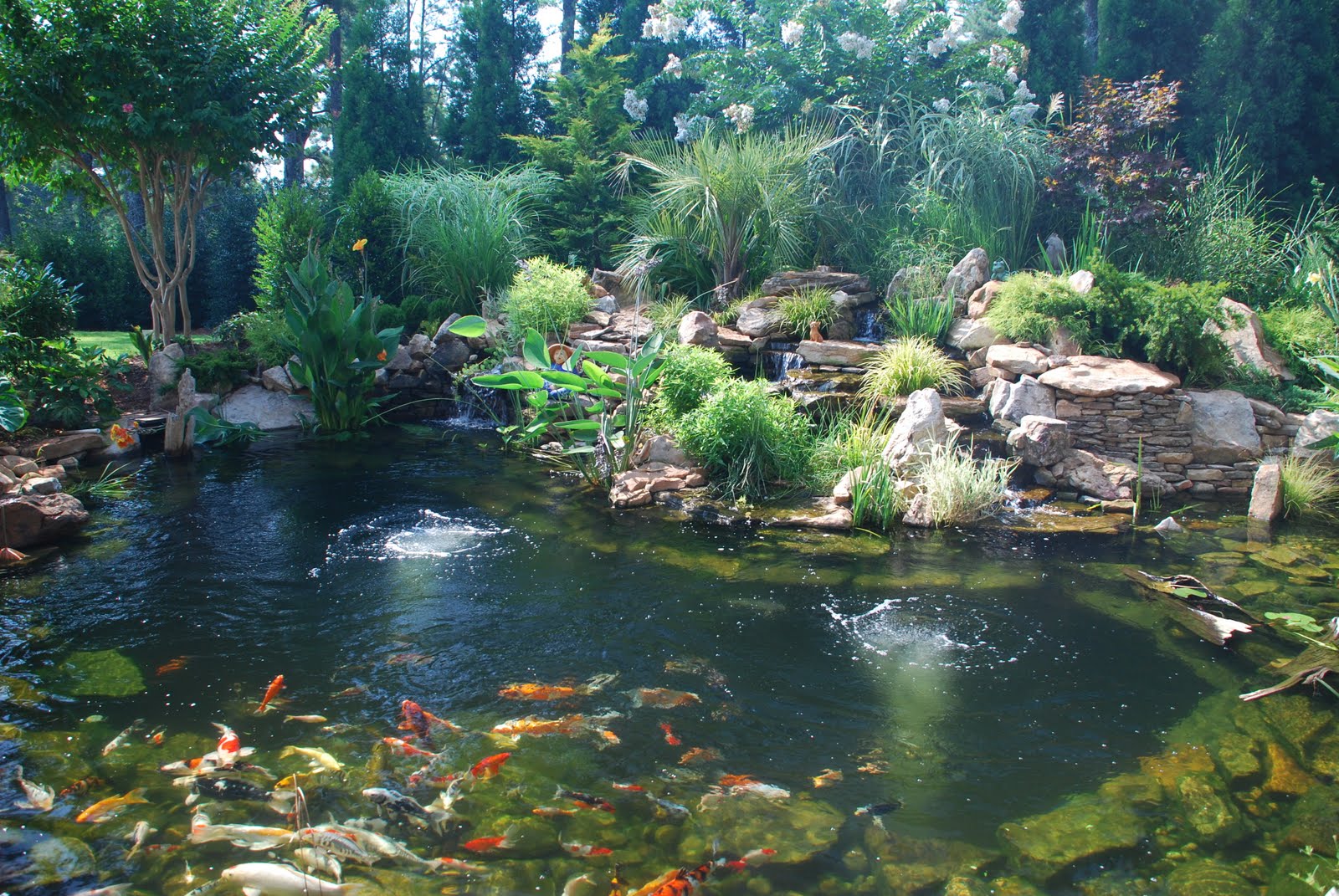
The Ultimate Guide to Understanding What Causes Foam in a Koi Pond
Introduction
A koi pond is one of the most beautiful additions to a garden. The sight of colorful koi gliding through the crystal-clear water is simply stunning. However, the appearance of foam in the water can be quite bothersome for any koi pond owner. Not only does it ruin the aesthetic appeal of the pond, but it could also be an indication of an underlying issue that needs to be addressed. In this article, we will explore what causes foam in a koi pond and how to prevent it.
What is foam in a Koi Pond?
Foam in a koi pond is a type of foam that forms on the surface of the water. It is typically white in color and may look like bubbles or even cotton candy. Foam formation is a natural occurrence in many bodies of water, including ponds and lakes. However, it becomes a problem when it persists for extended periods of time or when it is particularly thick.
What Causes Foam in a Koi Pond?
There are several reasons why foam forms in a koi pond. Let us delve into some of the most common causes:
1. Protein Buildup
The most common cause of foam formation in a koi pond is protein buildup in the water. This happens when fish waste, uneaten food, and other organic matter accumulate in the pond. These substances break down into ammonia, which is then broken down into nitrites and nitrates. When the nitrate levels get too high, they create a conducive environment for algae growth. Algae blooms often result in foam formation on the surface of the pond.

2. Excess Organic Material
Foam can also form when there is an excess of organic material in the pond. Organic matter includes anything that was once alive, including leaves, grass, and even dead insects. When these materials accumulate on the surface of the water, they release organic oils that cause foam to form.

3. High Water Temperature
high water temperature can also cause foam formation in a koi pond. When the water temperature is too warm, it reduces the levels of dissolved oxygen in the water. As a result, the koi fish, and other aquatic life in the pond, will consume more oxygen than the water can support. As these fish breathe, they release carbon dioxide into the water which can cause foam to form.

4. High pH Levels
A high pH level in a koi pond can create an environment that favors the growth of organic matter. This can include the growth of algae and other types of beneficial or harmful bacteria. When these organisms die, they create a foam-like substance on the surface of the water.

Preventing Foam in a Koi Pond
Now that we have identified the causes of foam formation in a koi pond, let us look at how to prevent it:
1. Regular Pond Maintenance
The key to preventing foam formation in a koi pond is regular maintenance. This includes removing any debris that may accumulate in the pond, such as leaves, dead insects, and uneaten food. You should also test the water regularly to ensure that it is within the appropriate pH and nitrate levels. Changing the water regularly can also help keep the pond clean.

2. Use a Skimmer
A skimmer is a tool that is designed to remove debris from the surface of the water. It functions by suctioning water from the surface of the pond and then passing it through a filter media to remove debris and organic matter. A skimmer can be a useful tool in preventing foam formation in your pond.
3. Add More Aquatic Plants
Adding more aquatic plants to your koi pond can help prevent foam formation. Plants absorb nutrients that would otherwise trigger the growth of algae and other organic matter. Additionally, plants produce oxygen and absorb carbon dioxide, which can help maintain a healthy balance of dissolved oxygen in the water.
Conclusion
Foam formation in a koi pond is a common problem that many pond owners face. Fortunately, it is preventable with proper maintenance and care. By removing debris and organic matter, testing the water quality regularly, and adding aquatic plants, you can help prevent foam formation and keep your koi pond looking stunning.